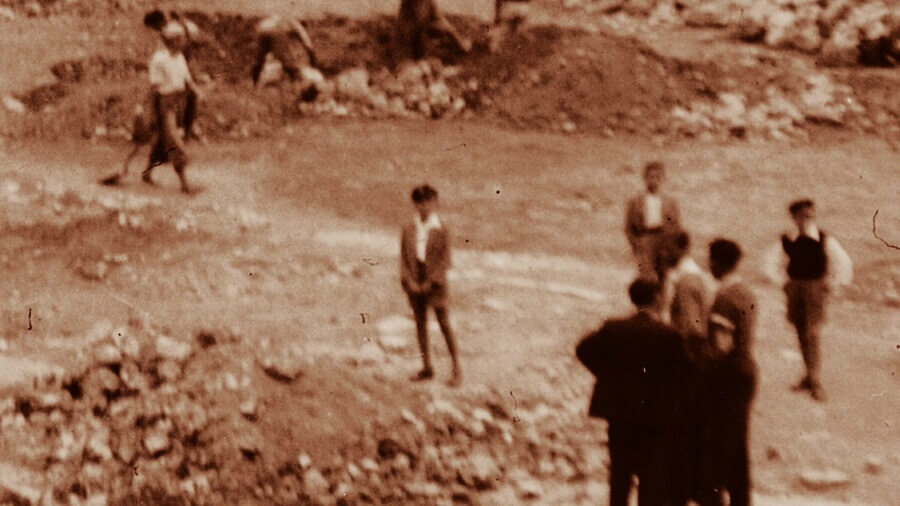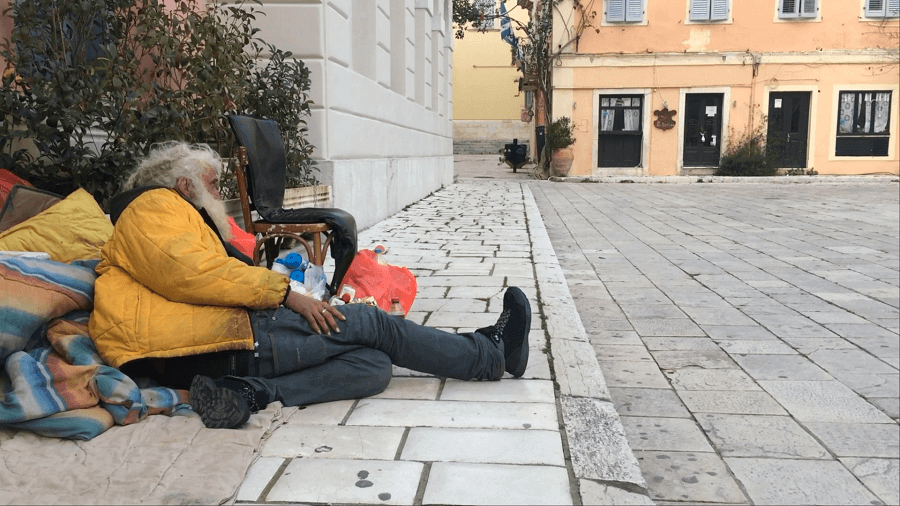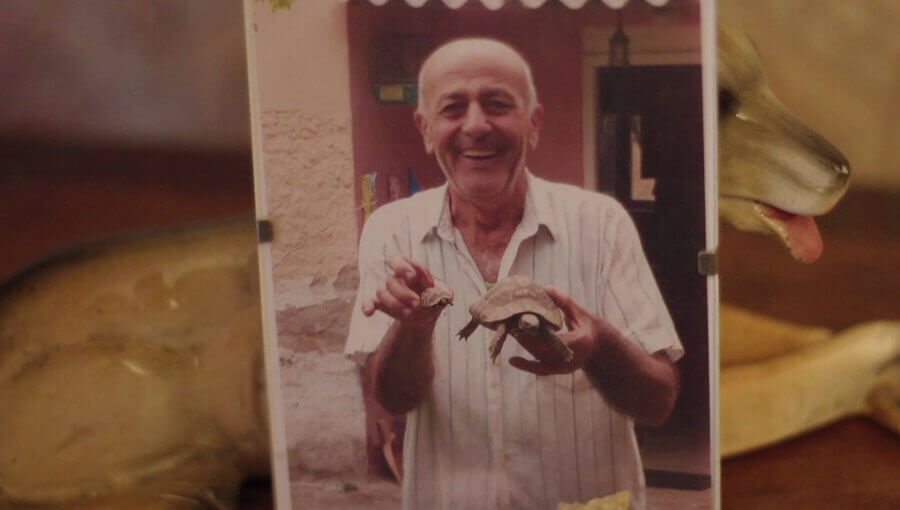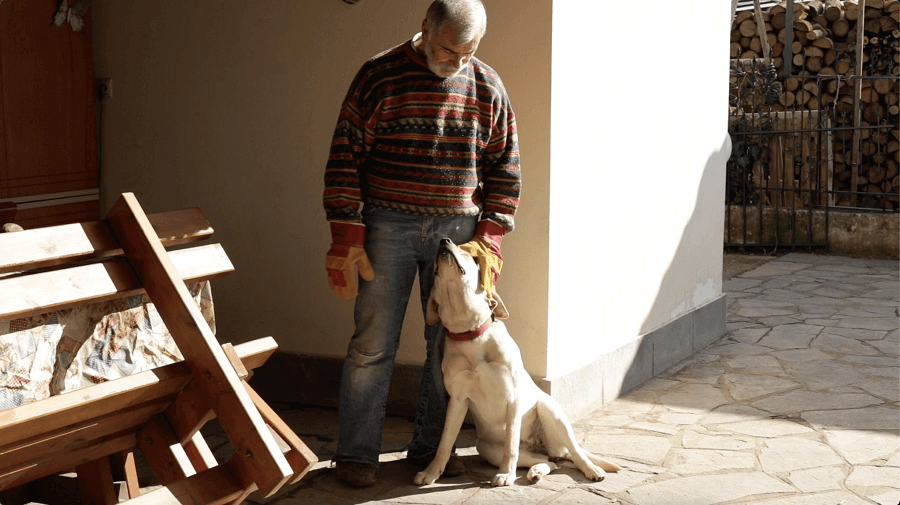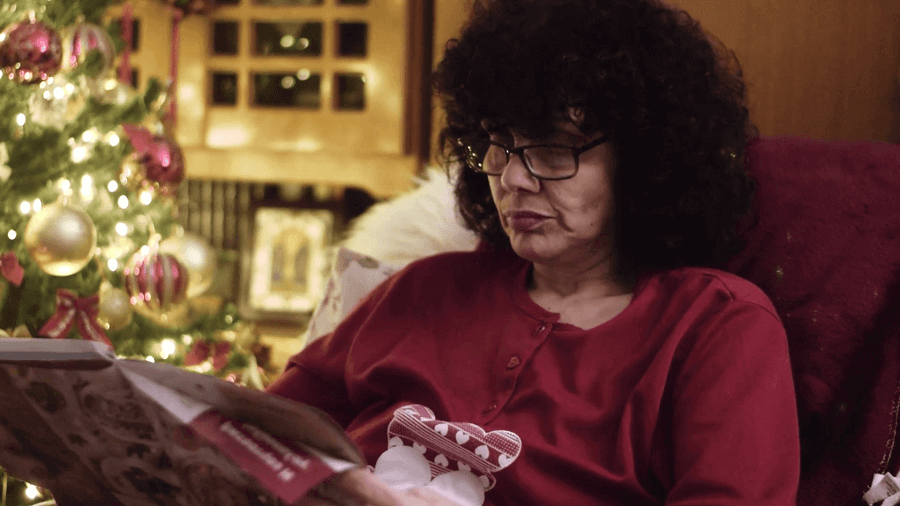LIA
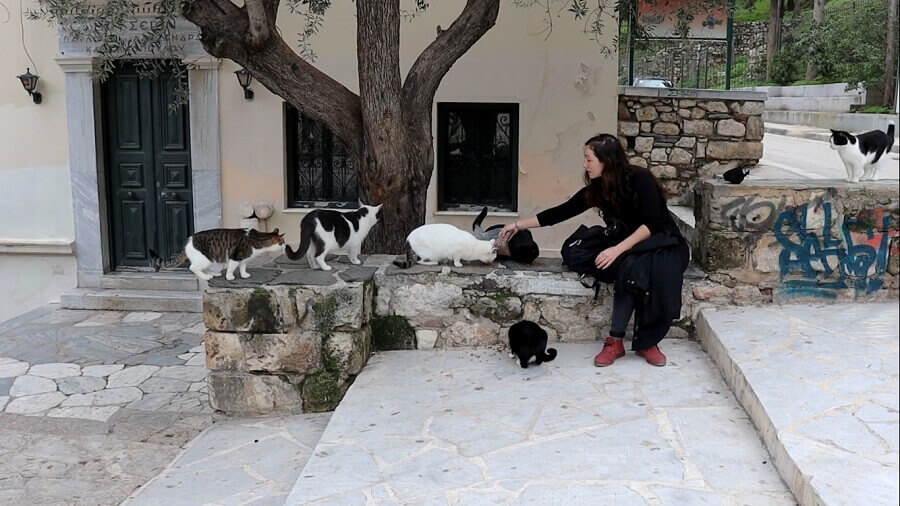
The documentary is about Lia, observing her with the stray cats of Plaka and Tula, the female dog that lives in Pedion Areos. Lia loves and cares about animals. Every day she walks around the city having food in her bag and feeding any animal she meets.
Related Works
This documentary deals with the relationship that can be developed between two different types of music (Classical and Electronic), shaping also the portrait of a professional Musician and Viola teacher at the Athens School of Music.
A documentary about Lazaretto, the desert islet near the city of Corfu that functioned for centuries as a quarantine station as well as a place of execution for political prisoners during the Greek Civil War. The identity of the place is approached through fragmentary testimonies and original sources.
A portrait of Antonis, a homeless man living in the old town of Corfu.
"Oh, Johnny!" is a short documentary about John (Vinylios), his interest in fashion and his relation to drag shows.
A short documentary, based on the theory of Observational Cinema. It is the portrait of the caretaker of the British Cemetery in the island of Corfu, Greece, Mr. Yorgos Psailas. The documentary deals with his daily life in the cemetery. Mr. Psailas also recounts the most important moments of his life as well as his thoughts about life and death.
The narration of the basic changes in the life of an everyday man during 2020. The deprivations, the adjustments, but also the losses he suffered during such a strange period of time. All this through the perspective of his daily activities within a single day.
This documentary follows a young man who collects “useless” objects, like electronic devices that people throw away. To him, a broken hoover or a rusty stove is an opportunity to explore its “inner micro-world”, which is comprised of complex circuits, motors and other electronic systems. It is also a chance to alter those devices and give them a new life.
This documentary is about my grandmother, Areti. I have her name. She is a very simple and sweet person. She always wants to take care of and feed us.
A day in my mother's life. The documentary shows her daily routine, something that I personally find very interesting as I believe that the true self of a person lies in the "insignificant".



